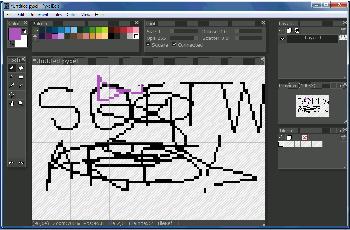



We’ll describe the technique and the difficulty it presents to analysts - and then show how bypassing this kind of technique is a matter of writing a simple script, as long as you know what you are doing. This specific technique was used in a backdoor of Ocean Lotus’ tool collection. In this article, we get up and close with one of these obfuscation techniques. Many of these tools are highly obfuscated and seasoned, augmented with different techniques to make them harder to reverse-engineer. It runs the gamut from droppers, shellcode snippets, through decoy documents and backdoors. It contains both advanced and simple components it is a mixture of handcrafted tools and commercial or open-source ones, such as Mimikatz and Cobalt Strike. While private sector companies are the group’s main targets, APT32 has also been known to target foreign governments, dissidents, activists, and journalists.ĪPT32’s toolset is wide and varied.
.jpg)
The group strongly focuses on Vietnam, especially private sector companies that are investing in a wide variety of industrial sectors in the country. The Ocean Lotus group, also known as APT32, is a threat actor which has been known to target East Asian countries such as Vietnam, Laos and the Philippines. We classified these samples into 60 families and 200 different modules.
#Descargar pyxel edit mega code
This led us to gather, classify and analyze thousands of Russian APT malware samples in order to find connections – not only between samples but also between different families and actors.ĭuring this research, we analyzed approximately 2,000 samples that were attributed to Russia and found 22,000 connections between the samples and 3.85 million non-unique pieces of code that were shared. We decided to know more and to look at things from a broader perspective. The fog behind these complicated operations made us realize that while we know a lot about single actors, we are short of seeing a whole ecosystem with actor interaction (or lack thereof) and particular TTPs that can be viewed in a larger scope. While all of these shed light on specific Russian actors or operations, the bigger picture remains hazy. Indeed, numerous Russian operations and malware families were publicly exposed by different security vendors and intelligence organizations such as the FBI and the Estonian Foreign Intelligence Services. Beginning with the first publicly known attacks by Moonlight Maze, in 1996, going through the Pentagon breach in 2008, Blacking out Kyiv in 2016, Hacking the US Elections in 2016, and up to some of the largest most infamous cyberattacks in history – targeting a whole country with NotPetya ransomware. Russia is known to conduct a wide range of cyber espionage and sabotage operations for the last three decades. Their advanced tools, unique approaches, and solid infrastructures suggest enormous and complicated operations that involve different military and government entities inside Russia. These Russian-attributed actors are part of a bigger picture in which Russia is one of the strongest powers in the cyber warfare today. These are known to be some of the most advanced, sophisticated and notorious APT groups out there – and not in vain. If the names Turla, Sofacy, and APT29 strike fear into your heart, you are not alone.


 0 kommentar(er)
0 kommentar(er)
